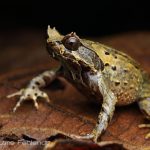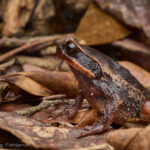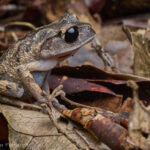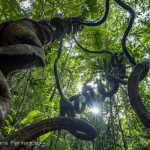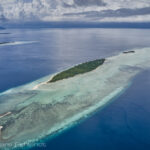A visit to the Kundasang Market in Sabah at Mount Kinabalu.
Kundasang Market is the everyday fresh-produce market of Kundasang, a highland town in Ranau District, Sabah, a few kilometres from Kinabalu National Park. Stalls line the main road through town and sell mainly highland vegetables, fruit and flowers grown on the surrounding slopes; the market operates daily and is part of the town’s identity as a vegetable hub. Immediately upslope from the stall row is the Kundasang War Memorial, a World War II memorial opened in 1962; Australia’s Department of Veterans’ Affairs locates the memorial “immediately behind the vegetable wholesale stalls,” which captures how commemoration and everyday trade sit side by side in Kundasang’s centre.
The market’s weekly “tamu” day and its form are best understood in the wider history of tamu Sabah’s traditional open-air markets that long functioned as meeting places and exchange hubs. The word “tamu” is described as a social “meeting place” with deep historical roots, while the state’s own writing on the Tamu Besar of Kota Belud records that the first organised tamu in Sabah was started by British officer William Pretyman on 13 December 1878 at Tempasuk (today’s Kota Belud). Kundasang’s place in this system is reflected in contemporary listings that show a weekly tamu in Kundasang on Fridays, alongside the town’s permanent, daily stall row.
As for the market’s local evolution, sources consistently describe two functional strands that grew along the highway frontage: a shorter retail line near the memorial and a longer roadside stretch used by wholesalers and bulk buyers. Local documentation emphasises this two-row layout as the current market matured, while general descriptions highlight that the stalls along the main road are open seven days a week. In short, the Kundasang Market developed as a physical extension of nearby farms – simple timber or covered “gerai” selling what is harvested in the valley.
Several milestones in Kundasang’s post-war development help to contextualise how the market took on its modern scale. The memorial itself dates to 1962, adding a landmark beside the stalls. More broadly, federal road building after independence tied the interior highlands more tightly to the coast: the Kota Kinabalu–Ranau–Sandakan trunk road (Federal Route 22) was built in stages from 1968, with the Tamparuli–Ranau section completed in 1982. Kundasang sits on this corridor, and contemporary guides even describe the memorial as “beside the KK–Ranau Highway.” This improved access coincided with state-backed rural development in the Kundasang highlands: an irrigation and in-situ development programme for smallholder vegetable farming is documented in a 1995 Australian National University thesis, which reports that Dusun landowners successfully adopted temperate-zone crops and more intensive cultivation during fieldwork in 1989–1990. These infrastructure and agriculture shifts together explain the steady expansion of highland produce arriving at, and moving through – the Kundasang Market.
Economically, state planning documents identify Kundasang as Sabah’s core highland vegetable area. The Third Sabah Agricultural Policy states that the Kundasang highland accounts for about 45% of Sabah’s total vegetable-growing area, while national research (Khazanah Research Institute) lists Kundasang alongside Cameron Highlands as a principal, climate-sensitive highland vegetable zone. The market’s function as both local retail point and wholesale interface follows directly from that role.
Culturally, the market reflects the Ranau area’s Kadazandusun (Dusun) heartland. The annual Pesta Kaamatan (Harvest Festival) is celebrated across Sabah with state-level events on 30 and 31 May, and it is a central seasonal marker for Kadazandusun communities who grow and trade produce in places like Kundasang. In the townscape, even the cabbage sculpture at Kundasang’s main roundabout underlines the area’s identity as a vegetable centre.
Impressions
